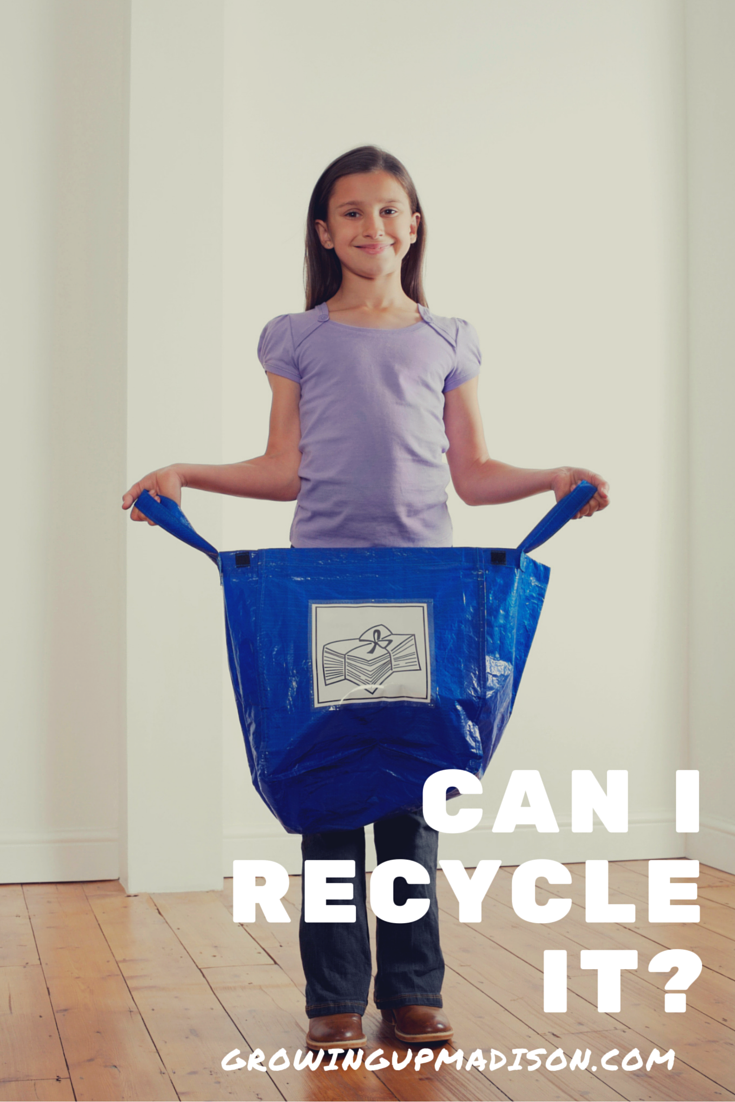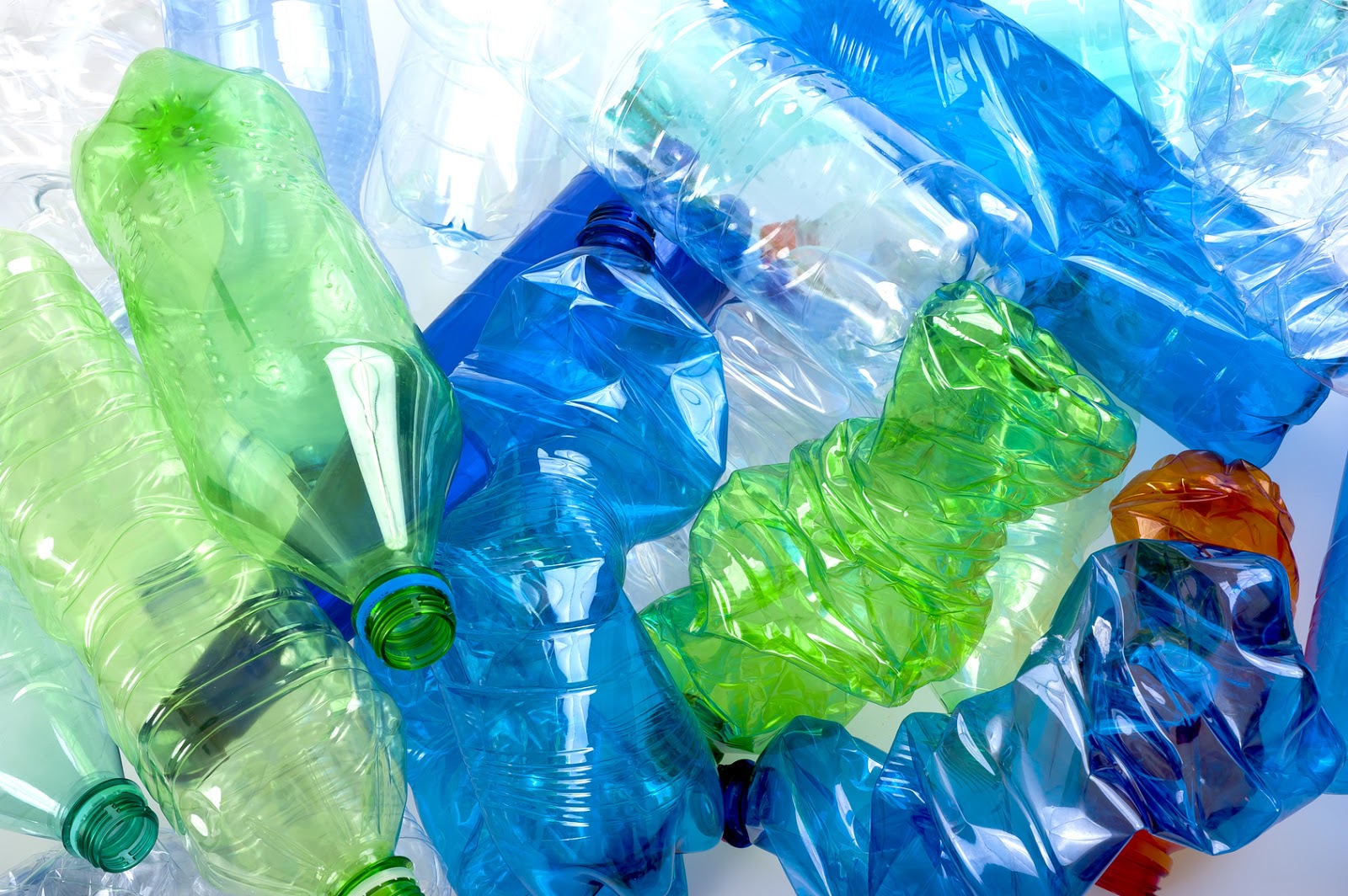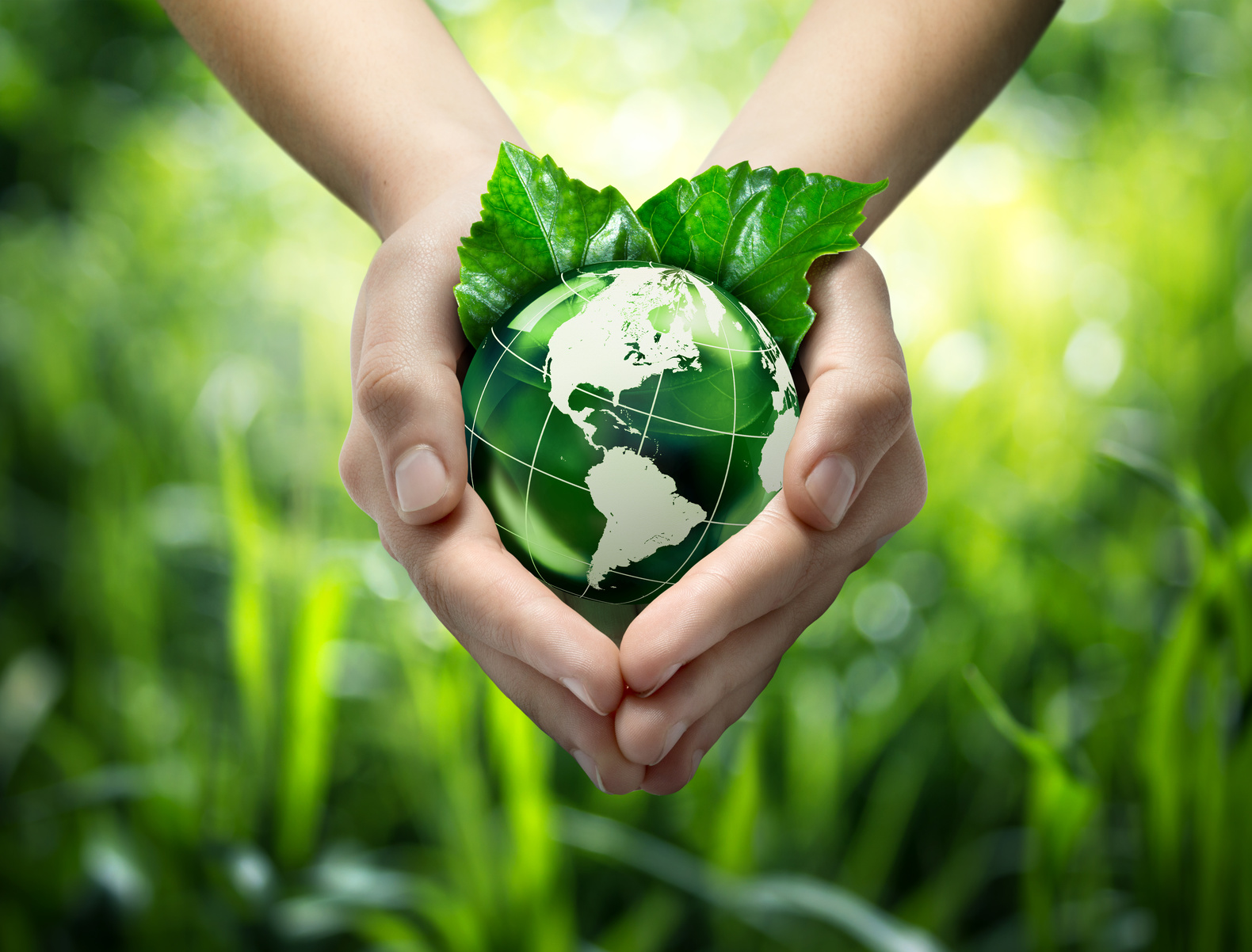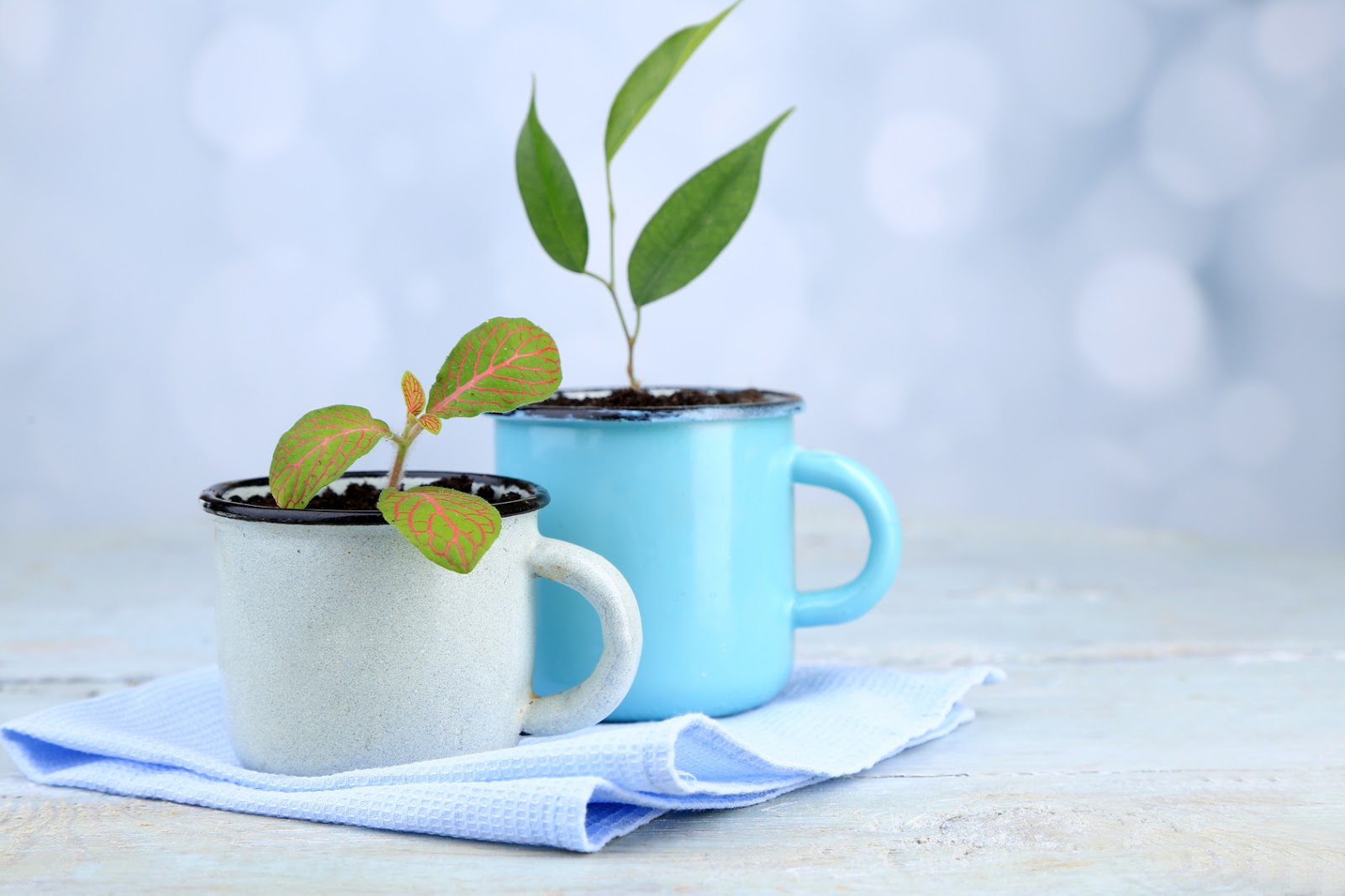The green movement has caught our planet by a storm, and everyone is recycling like their products are on fire! However, many people add things to their recycling willy nilly, not really knowing whether or not it is accepted at the recycling facility. If they are not, it will get tossed right in the trash, otherwise known as a really expensive way to put something in the landfill. The recycling symbol also isn’t regulated, so many companies put it on their products, even if something is technically not recyclable. Oftimes, cities or other organizations can only take certain plastics, so even if there is the recycling symbol and number on it, you may not be able to recycle it anywhere nearby. Read on to learn more about what can and can’t be recycled.

Things You Can Recycle:
Scrap Metal
You can recycle scrap metal lying around the house such as pans, small appliances, staples, small paper clips, copper wires, etc. Some places will even pay for recycled metal.
Metal Cans
Metal soup or fruit cans are recyclable, just make sure that you thoroughly wash and dry them before you put them in your recycling. While the metal cans are rinsed in the facility, food can get on the paper inside your bins, contaminating them, making it impossible to recycle it.
Paper
Paper is recyclable, as long as it hasn’t come in contact with food. Shredded paper is still recyclable, but it does change it from high grade paper to mixed grade paper. Not all recycling facilities take mixed grade paper, so check with your city before you toss it in the recycling. Excessive amounts of wrapping paper can also gum up the machines, so while it is ok to recycle gift wrap around birthdays, you should avoid recycling it around Christmas.

Plastics Numbered 1-7
The higher the number, the harder it is to recycle, so check with your city to see what plastics they are able to recycle. They may also only take certain sizes of plastics, ie they take large containers and lids, but they won’t take irregularly sized objects such as eye drop containers.
Cardboard
Cardboard, like paper, is recyclable. Make sure you flatten your boxes before throwing them into your bin.
Glass
Some facilities will accept glass bottles and jars, while others will not. Check with your city to see if yours is one that accepts glass.
Textiles
Whenever possible, you should donate used clothes to a local charity, but if they are unusable (or small scraps), you can put your textiles into the recycling. However, if rags or clothes are soiled with motor oil, chemicals, or paint, they cannot be recycled.

Things You Cannot Recycle:
Paper
You cannot recycle paper that has touched food — including pizza boxes, paper cups, plates, etc. Most facilities will assume that these items have touched food (even if they are clean, they cannot tell for sure) and throw them out. Paper towels and tissues also cannot be recycled as their fibers are too thin to withstand the recycling process. However, many paper products can be used in your compost pile.
Hazardous Waste
Anything that is toxic, poisonous, flammable, etc. cannot be recycled and they must be disposed of carefully. This includes motor oil, batteries, paint, pesticides, etc.
Plastic toys
Many plastic toys are made of mixed plastics, so they cannot be recycled. If they are in good condition, donate them to a local charity instead.
Binder Clips
Unfortunately binder clips cannot be recycled, but you can repurpose them for a number of projects around your house.
Polystyrene aka Styrofoam
While most styrofoam products are made up of polystyrene, or #6 plastic, styrofoam doesn’t weigh enough to be recycled. You’re better off repurposing it or throwing it in the trash.

Pottery
Ceramics and pottery (including coffee mugs) should not be recycled. You’re better off donating these items.
Window Glass and Light Bulbs
Most light bulbs cannot be recycled, and some states make it illegal to throw out CFL and fluorescent bulbs! However if you have LED bulbs, they might be recyclable. Check with your city to find out if you can.
If you have some of the items above, you can still reduce your carbon footprint by repurposing them, putting (some) of them in the compost pile, or being careful not to purchase them in the first place. If you would like to learn a little more about material recovery facilities, or MRFs, check out this blog.
Let’s discuss: Were you aware of the products that you could and could not recycle?
